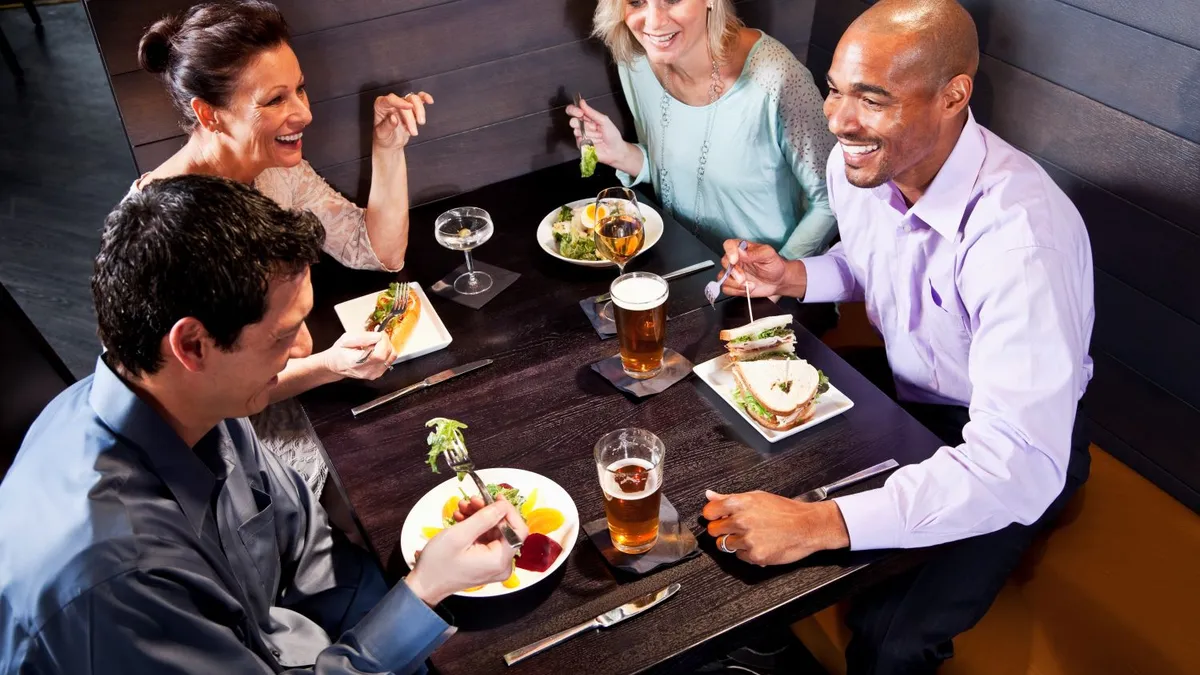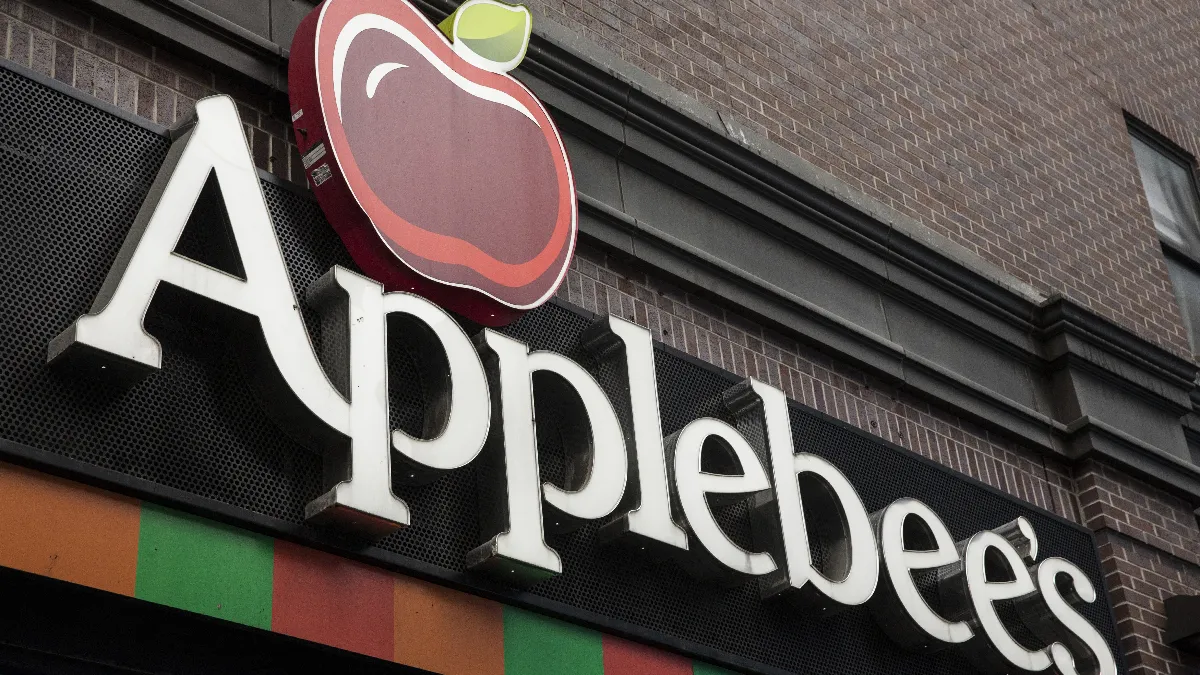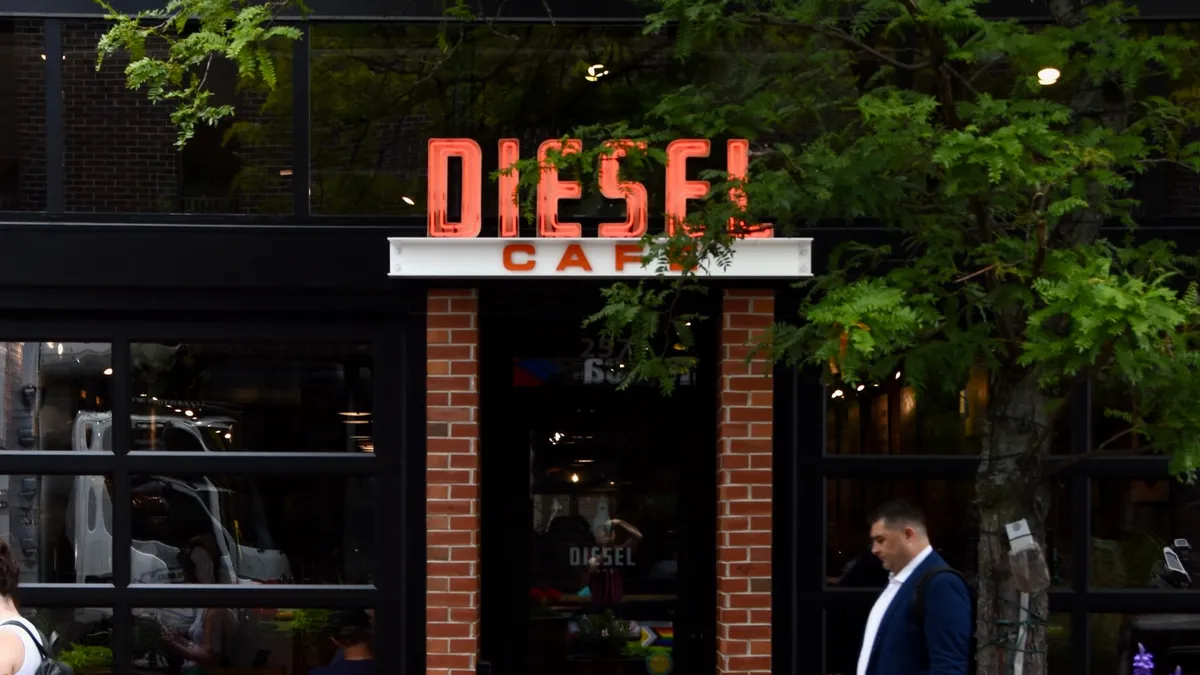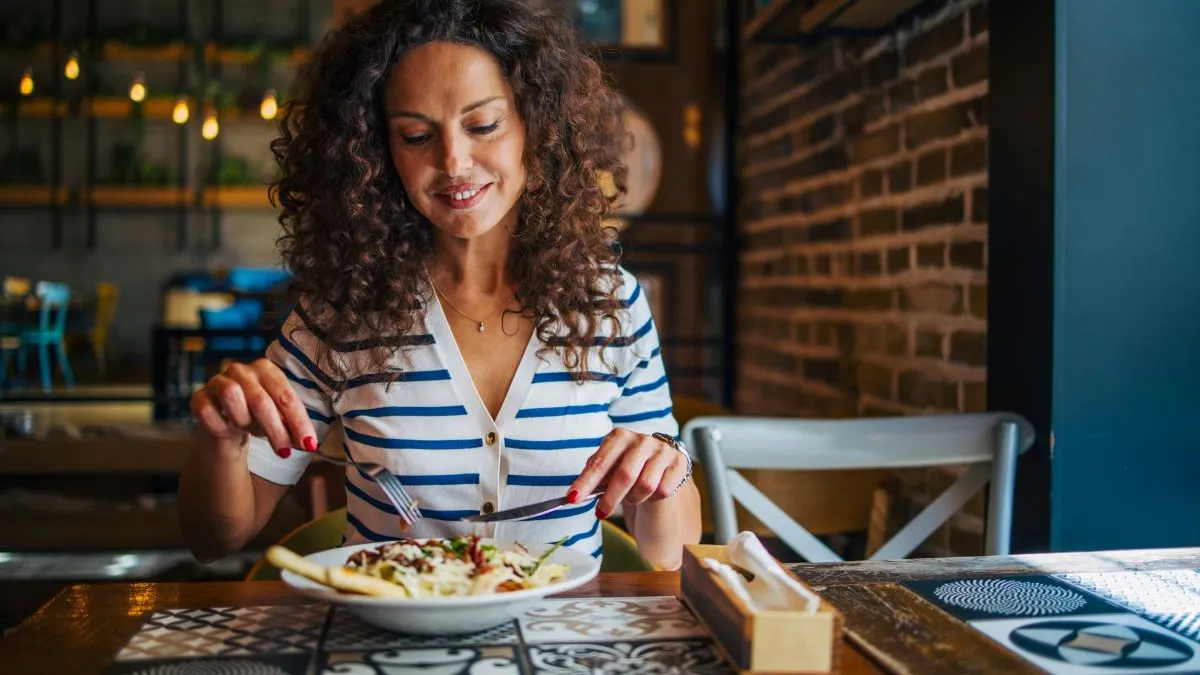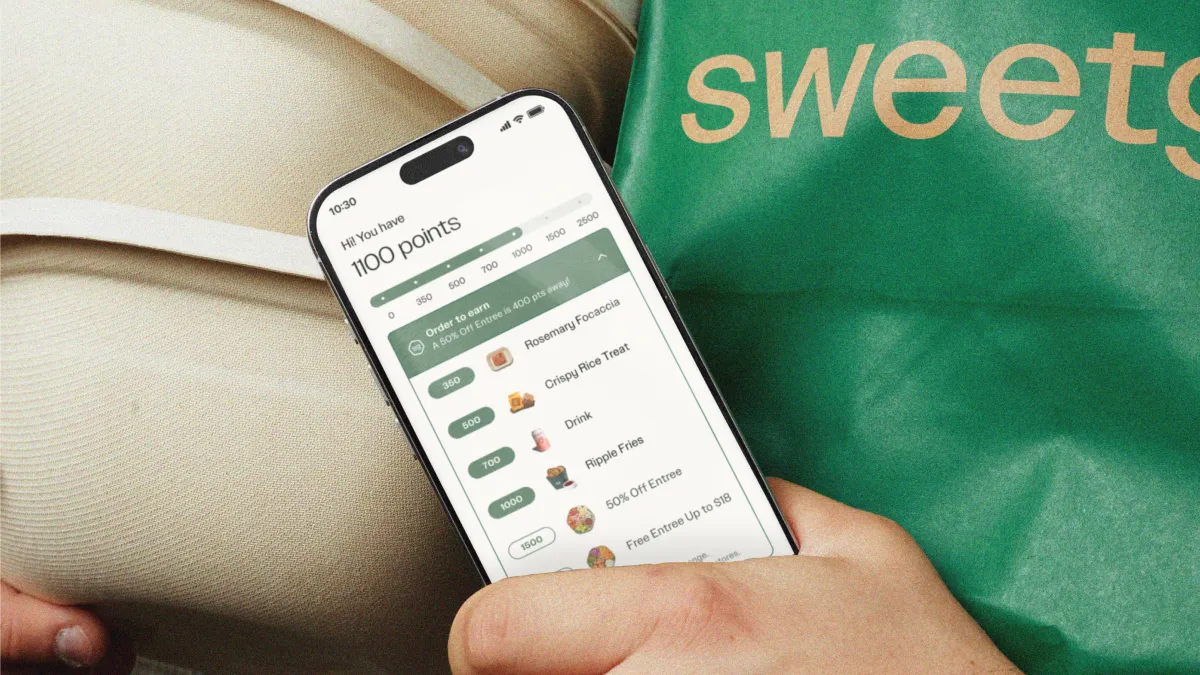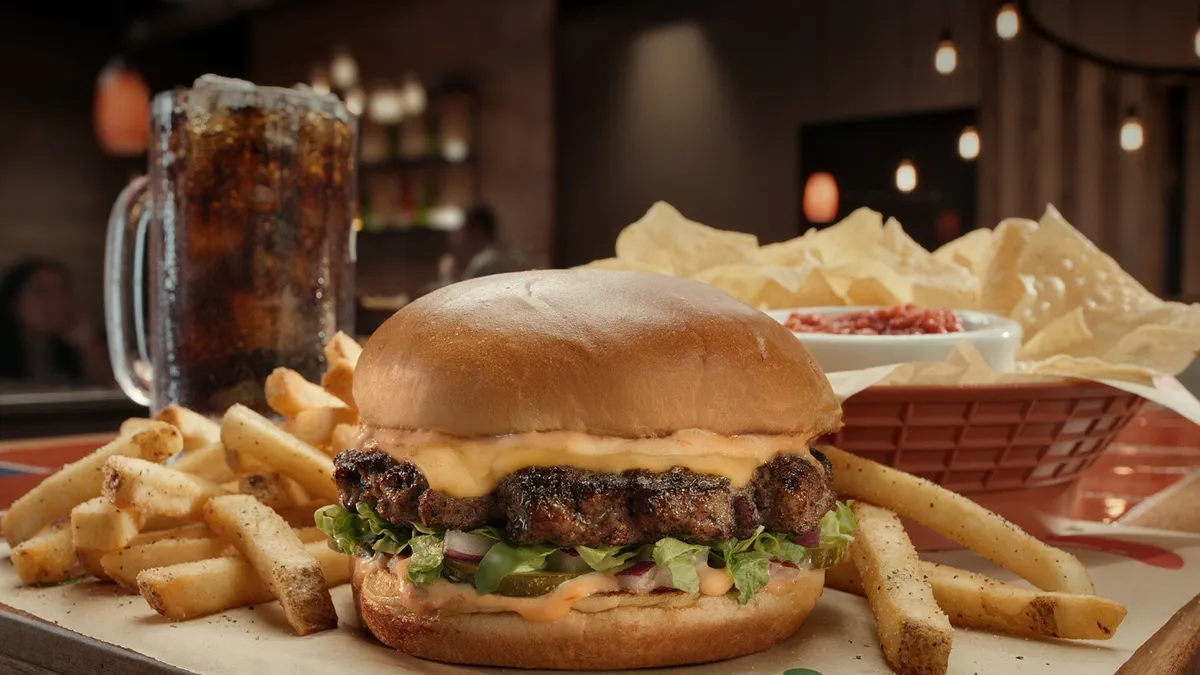The following is a guest post by Brian Solis, a futurist and keynote speaker.
Mobile devices are set to play an even more pivotal role in evolving the dining experience. In the 18 months ending August 2021, QR code downloads soared 750%. Practically overnight, restaurants replaced physical menus with QR codes, a change industry experts believe is likely permanent. However, today's mobile experience is just the beginning. If we use our imagination, we can go beyond the static web design of basic menus and create more immersive and collaborative interactions and outcomes for customers and operators alike throughout the dining journey.
Like retail, the restaurant industry is accelerating digital transformation and innovation investments in leaps and bounds. New technology solutions are helping restaurants modernize and enhance almost every aspect of operations. Over the last 12-24 months, technology systems were upgraded to facilitate mobile access, on-demand reservations, orders for delivery and pickup, contactless payments, digital menus and loyalty programs to serve a "contactless" dining experience.
The timing aligns with evolving customer preferences and behaviors. In fact, most consumers are expecting that mobile apps for local chain restaurants offer easy in-app ordering (66%) and payments (61%) according to Bluedot's fifth State of What Feeds Us report. Consumers also said that they prefer self-service ordering over ordering from staff with nearly half (43%) of consumers preferring to use their mobile device when placing orders.
Starbucks, for example, reported that more than a quarter of all orders in the U.S. are now paid for with a smartphone in Q2 of 2021. This is up from 18% in the same quarter of 2020. Starbucks recently revealed that its mobile order and pay option accounted for a record 22% of all their transactions in Q3 2020. Mobile ordering has also skyrocketed across all industries because of the convenience it provides.
Now we're poised for a new chapter: "collaborative commerce."
Collaborative commerce immerses customers in the dining experience and also makes them active participants in shaping the operational experience. Beyond just seeing a digital menu on their mobile device, restaurant apps would connect users to POS systems and also to servers to unlock user-centered services such as ordering, payments, feedback and even loyalty programs.
More digital introverts seek contactless experiences apart from payments
In a 2021 survey, 70% of consumers said that they prefer to order digitally over in-person. This isn't a phenomenon exclusive to digital natives and younger diners. This behavior is true across generations, with the same survey finding that nearly 80% among those 18-29 and more than 50% of those 60 and over prefer to order online. And, when ordering digitally, 80% of consumers said that they prefer to use a mobile device over restaurant provided devices. I refer to this emergent shopper behavior as "digital introversion."
For example, the idea of "untact" emerged in South Korea as a digital driver for creating new touch points in restaurant and retail experiences to limit or avoid direct contact with others. Since the start of the COVID-19 outbreak in 2020, the idea evolved from a buzzword to become a central government policy.
With mobile, guests and servers are in-sync partners in the dining experience
A mobile ordering platform keeps servers in sync with guest needs, empowering consumers to collaborate with restaurants while allowing staff to engage and serve with as little or as much contact as they want.
Salesforce and Mad Mobile, for example, launched a collaborative commerce solution that enables restaurants to integrate dine-in mobile ordering and payments with any POS system.
With collaborative commerce, guests are presented with so much more than a menu when scanning a QR code. Once they do so, an intuitive ordering experience launches, identifying their table location and presenting them with a dynamic menu with real-time item availability and pricing.
Guest orders are sent directly to the kitchen while servers and runners are immediately notified on their respective mobile devices. The check remains open so guests or servers can continue to add items to their order from their mobile devices or the POS. When it's time to pay, guests have the choice to either pay on their own device or ask the server to complete payment.
Another benefit of collaborative commerce is that the interactions can connect to a CRM (customer relationship management) system that then helps restaurants learn more about customers and how to personalize experiences before, during and after dining. Ultimately, this can cultivate a more meaningful loyalty program.
Creative restaurants can then introduce new experiences, such as the ability to create a personalized view of the menu items based on dietary restrictions, nutrition goals, favorites, wish lists, etc. With artificial intelligence capabilities, restaurants can learn about customer preferences and enhance them over time. For example, when a customer returns, they could automatically receive a "welcome back" text message and a prompt that asks, "Do you want to see what you ordered last time?" or "Would like to view your wish list or favorites?" Over time, customers can build their profile to receive relevant communications, promotions and coupons based on their personalized preferences.
Check please
At this point, it's key to design for a digital/physical hybrid world, as we're not returning to the way we defined customer experiences before 2020.
With restaurants struggling to attract and retain talent, collaborative commerce allows for service professionals to creatively explore new ways to deliver value to their customers. With consumers playing a more active role in the dining experience, servers can eliminate more routine or mundane tasks from their work.
Collaborative commerce allows restaurants to invest in customer relationships and deliver more immersive experiences like never before. Perhaps this is just the shot in the arm that restaurant executives need to innovate and transform the dining experiences as times, trends and tastes continue to evolve.







